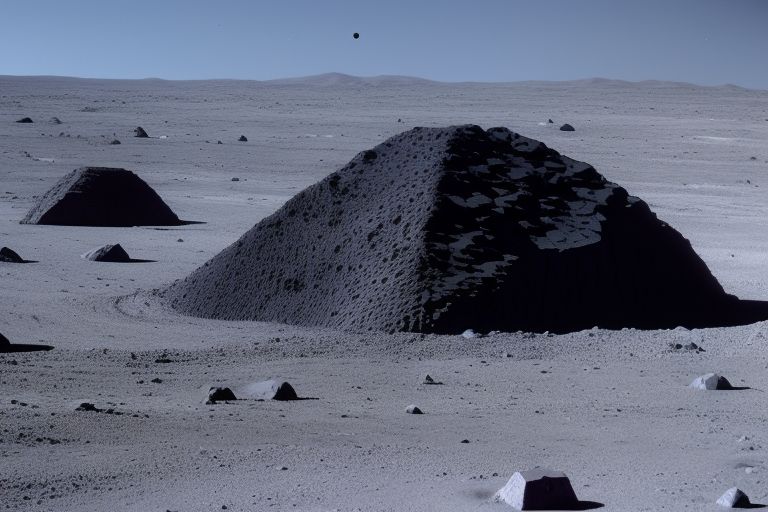The frontier of space exploration continues to expand, and with it, the pursuit of extraordinary ventures such as asteroid mining. This concept, once relegated to science fiction, is rapidly approaching feasibility thanks to advancements in space technology and robotics. As Earth’s resources become increasingly strained, the potential for mining asteroids for rare minerals represents a groundbreaking shift in resource acquisition, promising to revolutionize industries and bolster our extraterrestrial capabilities.
The Potential of Asteroid Mining
Asteroids are rich in valuable minerals and metals, including platinum, gold, iron, nickel, and rare earth elements—some of which are scarce or depleting on Earth. These celestial bodies offer a virtually untapped wealth of resources that could support not only Earth’s demand for these materials but also future space endeavors, providing the necessary materials for construction in space itself.
Technological Innovations Driving Asteroid Mining
1. Robotic and Autonomous Systems
The core of asteroid mining technology lies in robotics and autonomous systems. Companies and space agencies are developing sophisticated robots capable of traveling to asteroids, anchoring to their surfaces, and extracting resources. These robots must operate autonomously due to the vast distances and communication delays involved with operations beyond Earth.
2. Spacecraft Design and Propulsion
Advancements in spacecraft design and propulsion technologies are essential for the journey to and from asteroids. Innovations such as ion thrusters, which provide higher efficiency compared to traditional chemical rockets, are likely to be central to the spacecraft used for these missions. These technologies enable longer missions with reduced fuel requirements.
3. Processing Technologies
Extracting and processing materials in the challenging environment of space requires novel technologies. Methods such as optical mining, which uses concentrated sunlight to heat and extract minerals, are under development. These techniques must be capable of operating in microgravity and vacuum conditions, posing unique engineering challenges.
Economic and Environmental Implications
Economic Impact
The economic implications of asteroid mining are profound. The ability to harvest materials from asteroids could decrease Earth’s dependence on finite terrestrial resources, potentially stabilizing prices and supply chains for numerous industries. Additionally, the high value of certain rare minerals could make these missions financially viable, despite the high initial costs.
Environmental Considerations
Asteroid mining could also have significant environmental benefits. By reducing the need for resource extraction on Earth, we could alleviate some of the environmental degradation associated with mining processes such as deforestation, soil erosion, and pollution. Moreover, space-based processing could prevent the emission of many pollutants, contributing to cleaner production methods.
Challenges and Future Prospects
Despite the exciting prospects, asteroid mining faces significant challenges. The technical complexities of performing high-precision tasks in space, the astronomical costs of space missions, and the legal and ethical implications of extraterrestrial mining are all hurdles that need to be addressed. Additionally, international agreements and regulations will be crucial to manage these resources responsibly.
Conclusion
As we look to the stars for new resources, asteroid mining stands out as a potential solution to Earth’s material shortages and a catalyst for further space exploration. With ongoing technological advancements and growing interest from public and private entities, the dream of mining asteroids could become a reality within the next few decades, marking a new era in both space exploration and resource utilization.



